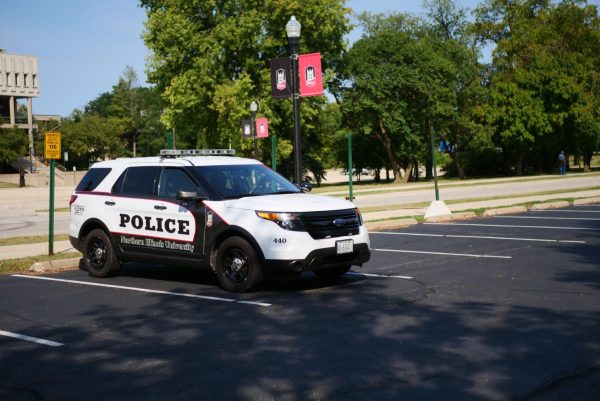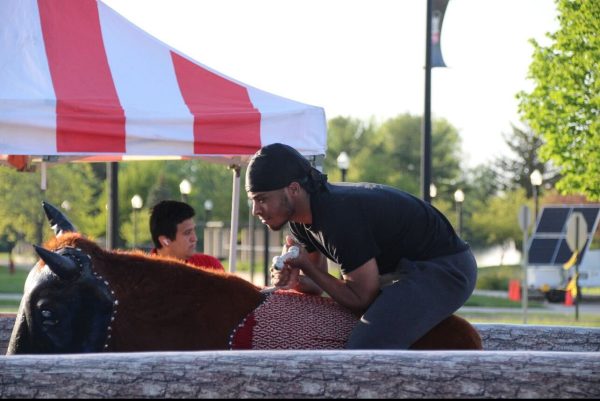Fighting hunger with geography
March 5, 2003
In an effort to aid hungry families in Northern Illinois, the NIU geography department volunteered to partner with the Northern Illinois Food Bank in St. Charles.
The food bank needed to identify areas of Northern Illinois that are in the greatest need. Geography research scientist Phil Young and cartographer Lenny Walther volunteered to create a map illustrating the different hunger needs of different counties in Northern Illinois based on income.
The numbers used to create the map were based on data from the U.S. Census Bureau. The figures were from the year 2000. The map breaks down the different areas of Northern Illinois, extending as far south as Kankakee and Hopkins Park. Twelve counties are served by the food bank.
Walther said the primary reason for creating the map was so that the food bank could possibly establish a third food bank where the most need was.
Last year, NIU created a map for the food bank showing locations of food pantries throughout the region. In DeKalb county alone, more than 6,347 people are at, or near the poverty level, according to the Northern Illinois Food Bank Web site.
This is the second project the NIU geography dept. has volunteered to do for the food bank, and there are students that are currently working on making other maps for the food bank.
“It is something that we actually do on our own time, not at the university,” Walther said. “It is sort of a community service.”
Although the government designates a family of four’s income at or below $18,200 to be at the poverty level, the Northern Illinois food bank considers the cost of living expenses in Northern Illinois. Given those costs, the poverty level is $27,300 for a family of four in the region.













